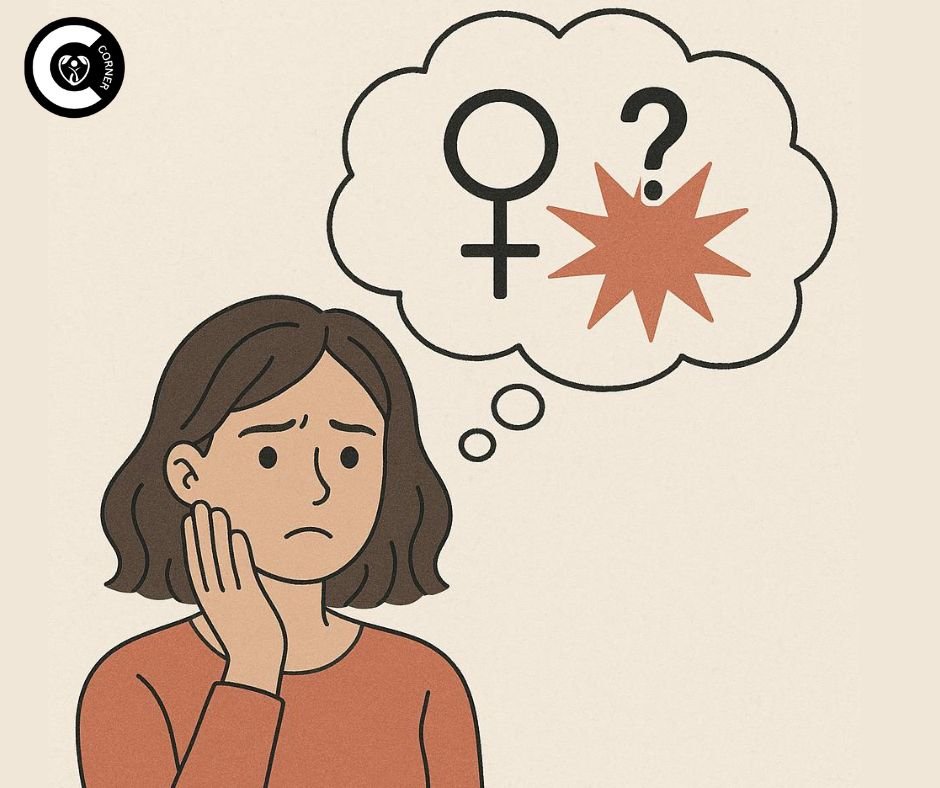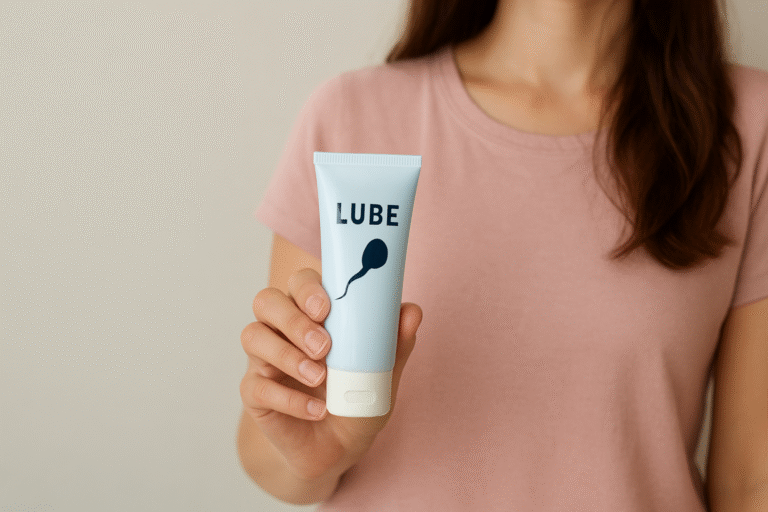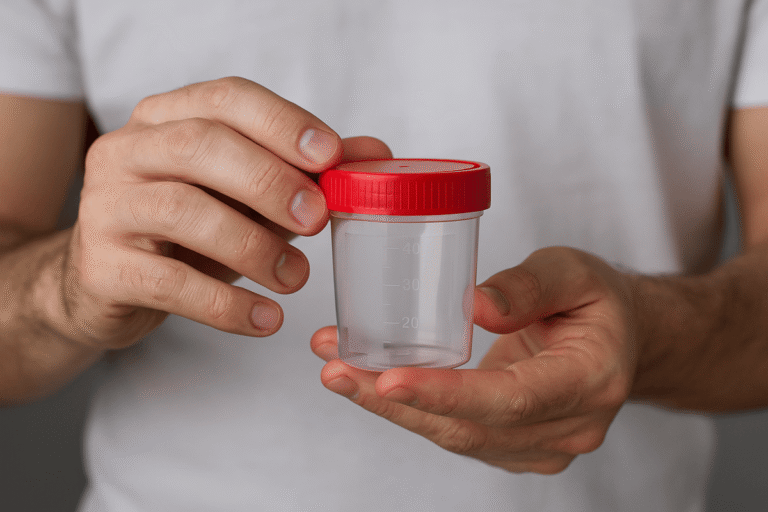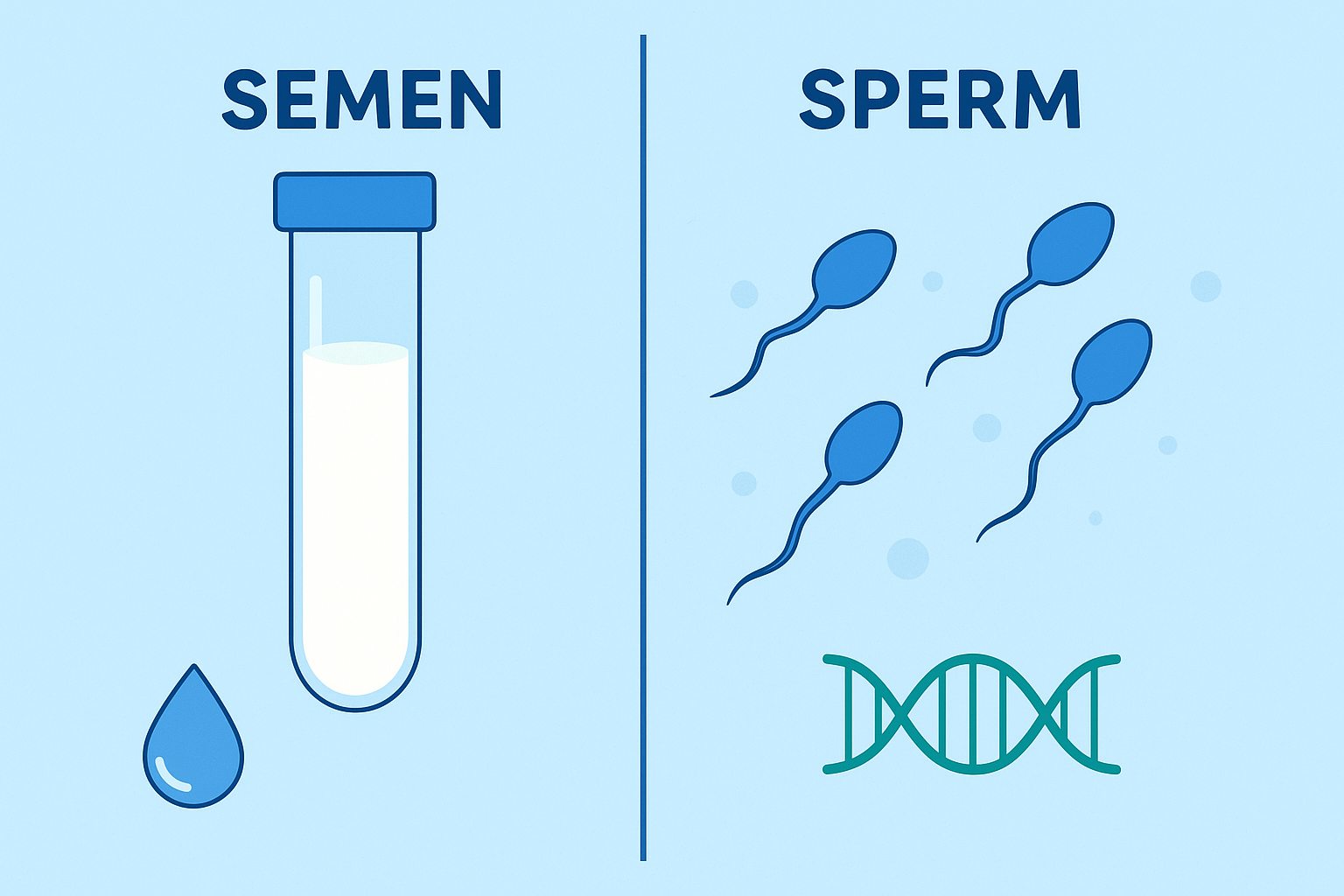For a lot of women, sex is a way to connect with others, enjoy themselves, and feel alive. For women with female orgasmic disorder (FOD), reaching climax may feel impossible. The struggle is often filled with confusion, silence, and even sham. This persistent difficulty to reach orgasm, despite adequate sexual stimulation and desire, is a real medical condition.
Understanding female orgasmic dysfunction—its causes, symptoms, and treatments—helps break the stigma. This knowledge empowers women to seek the care they deserve. Getting to orgasm is a complicated mix of physical feelings, emotional connection, mental attention, and physiological responses. Disruptions in this complex system can cause female orgasmic disorder (FOD). FOD significantly impacts a woman’s sexual satisfaction, self-esteem, and intimate relationships. Realizing that FOD is a common problem and not a personal flaw is the most important first step toward getting your sexual health back and having satisfying intimacy.
Understanding What Is Female Orgasmic Disorder: Beyond the Basics
The DSM-5 (Diagnostic and Statistical Manual of Mental Disorders, Fifth Edition) clinically defines female orgasmic disorder as Anorgasmia. It describes the condition as a persistent or recurrent delay in, absence of, or significantly reduced intensity of orgasm after a normal sexual excitement phase. The diagnosis requires that this difficulty causes significant personal distress and that no other medical condition, severe relationship distress, or substance effects better explain it. It’s important to tell the difference between FOD and general sexual unhappiness or having trouble attaining orgasm from time to time, which is something that many women go through at some point. The disorder is characterized by its chronicity and the distress it induces.
If we talk about the prevalence of female orgasmic disorder. Research shows that a significant proportion of women experience orgasmic difficulties, with estimates suggesting up to 40% encounter such problems during their lifetimes. This prevalence highlights how common the issue is. Yet society still rarely discusses it openly, leaving many women without support or solutions.FOD can show up in several forms. Some women have never experienced an orgasm (lifelong generalized anorgasmia), while others lose the ability after previously having them (acquired). Still others can only have orgasms in very specific, non-partnered situations, as while they are masturbating (situational). To recognize and treat female orgasmic dysfunction, you need to understand these subtleties
Female Orgasmic Disorder Causes: Understanding the Root Factors
There might be many different causes of female orgasmic disorder, including medical, psychological, and emotional issues. Finding out what caused the problem is important for figuring out the best way to fix it. We will now look at the most common causes in more depth:
- Psychological and Emotional Factors
Mental health has a big effect on sexual function. Persistent stress, anxiety, and depression directly disrupt arousal and orgasmic function. Trauma from the past, including sexual assault or bad sexual encounters, can also make it hard to enjoy sex. Low self-esteem, worries about body image, or fear of getting close to someone may also make FOD worse by making it harder to relax and enjoy sex. - Hormonal Changes and Imbalances Hormones are very important for sexual desire and responsiveness. Hormonal changes that lower libido and orgasmic ability might happen after menopause, pregnancy, breastfeeding, or polycystic ovarian syndrome (PCOS). Low estrogen levels, especially, can make the vagina dry and less sensitive, which makes it harder to reach orgasm. Thyroid problems and other endocrine imbalances may also play a role in sexual dysfunction.
- Medical Conditions and Medications
Some chronic diseases, including diabetes, multiple sclerosis, or heart disease, might make it harder for blood to flow and nerves to work, which can alter sexual responsiveness. Pelvic surgeries or nerve injury in the vaginal area may potentially impede orgasmic capacity. Also, a lot of medicines, such as antidepressants (particularly SSRIs), blood pressure meds, and hormonal birth control, say that sexual dysfunction could happen as a side effect. - Relationship and Intimacy Issues
A lack of emotional connection, unsolved tensions, or bad communication with a spouse can have a big effect on how sexually satisfied you are. Emotional disconnection reduces arousal and orgasm difficulty. Differences in sexual desire, expectations, or preferences can also cause stress, which makes it harder for a woman to completely enjoy intimacy. - Lack of Sexual Education and Experience
A lot of ladies don’t learn about their own bodies or what kind of stimulation feels best for them. Not enough foreplay, not enough stimulation of the clitoris, or hurrying through sex can all stop orgasm. Some women may also feel weird about looking at their own body, which can make it harder to tell their spouse what they want.
Symptoms of Female Orgasmic Disorder: Recognizing the Signs
To get the right help, it’s important to know the signs of FOD. Some common signs are:
- It is hard to reach orgasm even after a lengthy time of stimulation.
- Delayed orgasm, which means that the climax takes a long time or seems impossible to reach.
- Orgasms that aren’t very strong or don’t feel good, where the feeling is lessened or not complete.
- Not having sex because of anger, shame, or fear of being let down.
- Emotional distress connected to sexual performance, resulting in worry or diminished self-esteem.
If these feelings happen a lot and make you really upset, it might be time to see a doctor or sex therapist for more tests.
Also Read: Learn About Intercourse During Periods
Effective Treatments for Female Orgasmic Disorder
The best way to cure FOD relies on what caused it in the first place. The following are the best ways to do things:
- Therapy and Counseling
- Cognitive Behavioral Therapy (CBT): Helps change how you think about sex in a positive way and ease worry about performance.
- Sex Therapy: This type of therapy works on increasing communication, intimacy, and sexual skills.
- Trauma Therapy: Women who have been sexually abused or have had bad experiences can benefit from specialized therapy that helps them deal with their feelings and create a healthy connection with sex again.
- Lifestyle and Behavioral Adjustments
- Self-Exploration and Masturbation: Understanding the most effective forms of stimulation can assist women in articulating their needs to a partner.
- Sensate Focus activities: A series of touch activities that start off not sexual and get more intimate over time. They are meant to relieve stress and make you feel better.
- Techniques for Reducing Stress: Mindfulness, yoga, and deep breathing techniques can help you relax and get excited.
- Medical and Hormonal Treatments
- Hormone Replacement Therapy (HRT): Estrogen therapy can make the vagina more sensitive and lubricated for women who are going through menopause.
- Changing Medications: If antidepressants or other drugs are making it hard to have sex, a doctor may change the dose or give you other options.
- Vibrators and sexual aids: These can make stimulation stronger and make it easier to reach orgasm.
- Natural and Alternative Remedies
- Kegel Exercises: Making the pelvic floor muscles stronger can make orgasms better.
- Herbal Supplements: Some women say that maca root, ginseng, or fenugreek might make them feel more sexual. Always talk to your doctor before taking any supplements.
Final Thoughts: You Are Not Alone
Female orgasmic disorder can be hard to deal with and make you feel bad, but it can be treated. Many women can get their ability to enjoy satisfying sexual experiences back by learning about the reasons of female orgasmic dysfunction and looking into alternative treatment options. If you or someone you know has FOD, getting help from a doctor, therapist, or sex educator can be very helpful.
Keep in mind that sexual health is a vital component of your overall health, and asking for help is a show of strength, not weakness. You can get over this illness and have a great sex life with the correct help and plans.





[…] Also read: What Is Female Orgasmic Disorder? […]
[…] Also read: What Is Female Orgasmic Disorder? […]